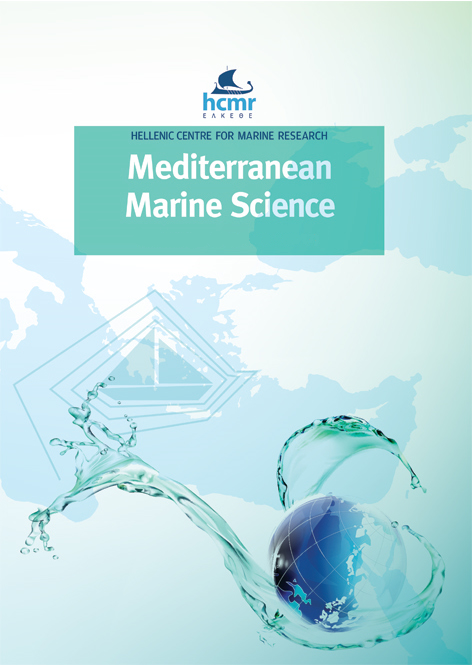Evaluating the historical sedimentation patterns in two different Mediterranean deep environments (Sardinia and Sicily Channels)
Résumé
The sediment accumulation rate in the Sardinia and Sicily channels in the central part of the Mediterranean Sea was studied by using short-lived radionuclides (210Pb and 137Cs) in two deep sediment cores. Different sedimentation regimes were identified indicating substantial differences in accumulation rates and historical patterns. The 210Pb-derived mean accumulation rate found in the Strait of Sardinia was 0.05 g.cm-2.y-1, lower than that in Sicily Channel (0.1 g.cm-2.y-1) suggesting an inverse correlation with water depth. Excess 210Pb inventories were 24 ± 1 and 6.0 ± 0.4 kBq.m-2, while the fluxes to the sediment were 745 ± 31 and 188 ± 11 Bq.m-2.y-1 in Sicily and Sardinia channels, respectively. 137Cs failed to use for the validation of the established chronologies, while its inventories found 450 Bq.m-2 and 355 Bq.m-2 in the Sicily and Sardinia channel, respectively.
Article Details
- Comment citer
-
HASSEN, N. E. H., REGUIGUI, N., HELALI, M. A., MEJJAD, N., LAISSAOUI, A., BENKDAD, A., & BENMASOUR, M. (2019). Evaluating the historical sedimentation patterns in two different Mediterranean deep environments (Sardinia and Sicily Channels). Mediterranean Marine Science, 20(3), 542–548. https://doi.org/10.12681/mms.19558
- Numéro
- Vol. 20 No 3 (2019)
- Rubrique
- Research Article
Authors who publish with this journal agree to the following terms:
- Authors retain copyright and grant the journal right of first publication with the work simultaneously licensed under a Creative Commons Attribution Non-Commercial License that allows others to share the work with an acknowledgement of the work's authorship and initial publication in this journal.
- Authors are able to enter into separate, additional contractual arrangements for the non-exclusive distribution of the journal's published version of the work (e.g. post it to an institutional repository or publish it in a book), with an acknowledgement of its initial publication in this journal.
- Authors are permitted and encouraged to post their work online (preferably in institutional repositories or on their website) prior to and during the submission process, as it can lead to productive exchanges, as well as earlier and greater citation of published work (See The Effect of Open Access).





